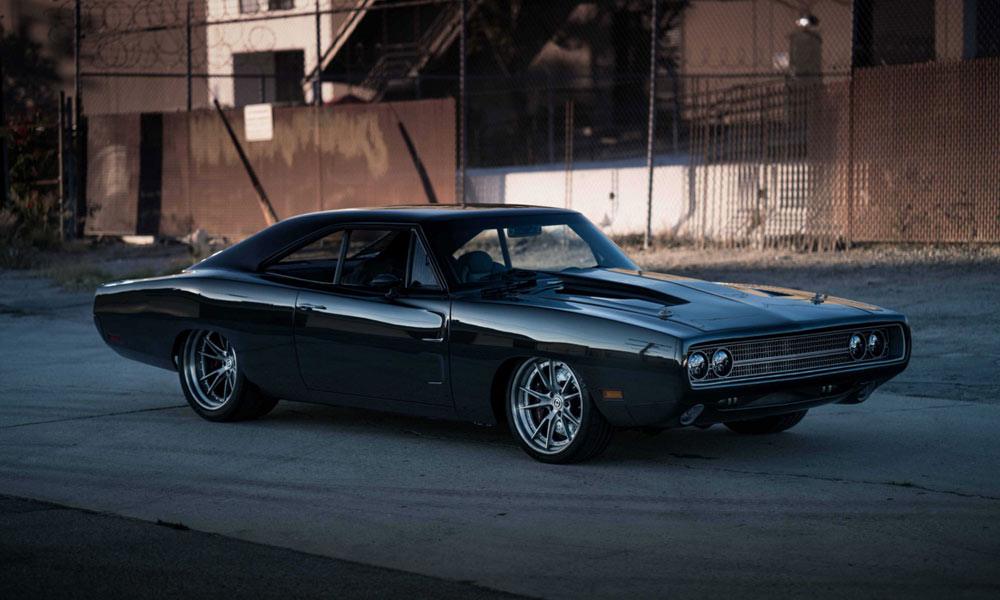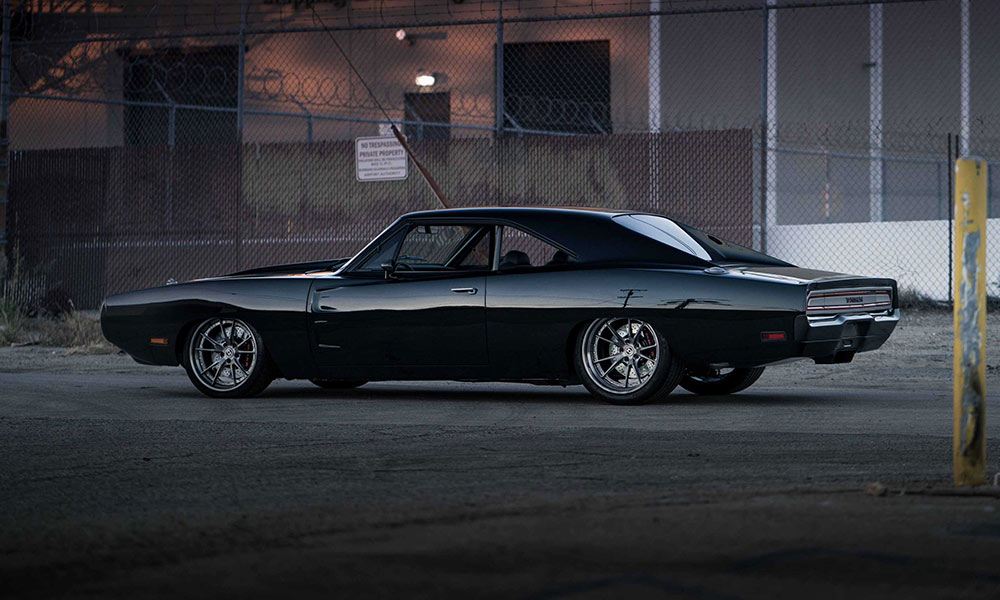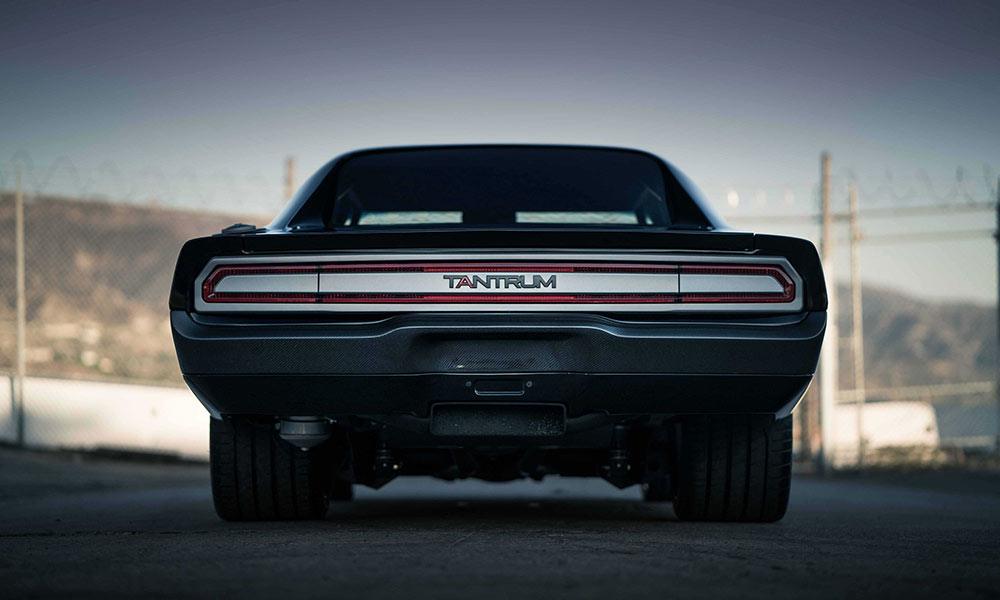The 1970 Dodge Charger was no lead sled. With a top speed of about 140 mph and 0 to 60 times in the mid 5 seconds, the Charger was an enthusiastic performer. Of course, that was 1970 and aside from making appearances in the Fast and Furious, supercars reign supreme now. Which brings us to the question, can a nearly 4000 lb, go fast in a straight line ever be made into a supercar? The folks at Wisconsin’s SpeedKore apparently think so and have created arguably one of the most bad-ass Chargers ever. Underneath the carbon-fiber and aluminum body is a fire-breathing 9.0-liter marine engine with twin-huffers providing adequate amounts of forced induction. This equates to almost 1700 hp, people. But what goes fast must also slow down and hauling in all of the go-fast are pizza sized Baer disc-brakes. We aren’t quite sure on the name, though, as it implies a screaming toddler. But we’ll take it.
More Transportation

Win a VIP Kindred Motorworks Experience in Napa Valley
Dream trip, dream cars, dream location. Enter now.
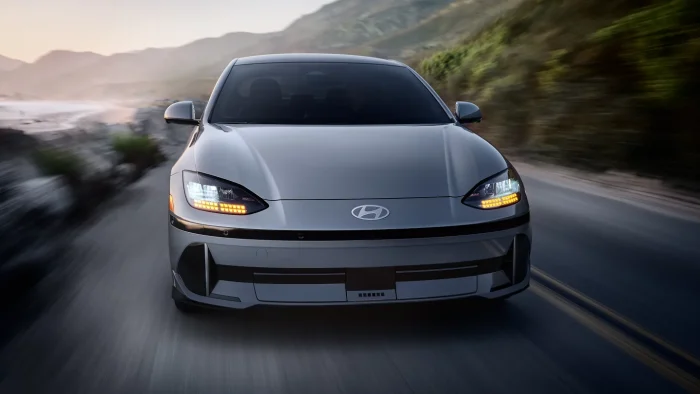
Over Tesla? Try These Model 3 Alternatives
There are several great options for those wanting to drive emission free—without baggage.
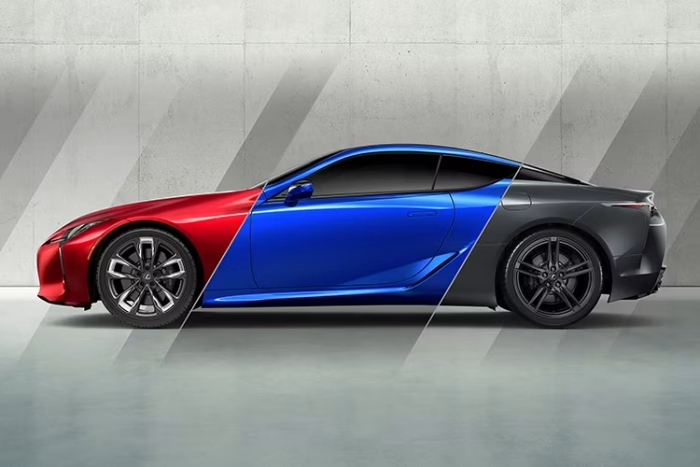
The 6 Best Luxury Hybrid Vehicles for 2025
Premium automakers might be paring back their electric ambitions, but these top-tier hybrids and plug-ins have beauty and efficiency to spare.

